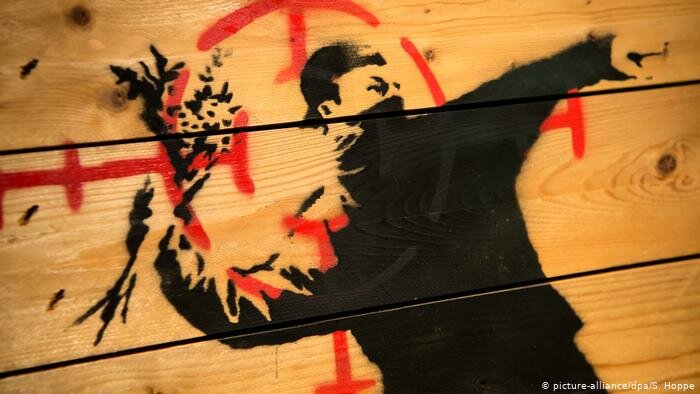According to a recent decision of the EUIPO (Intellectual Property Office of the European Union) it would seem not to be the case: the rejection by the Office of the request for trademark cancellation made by the Full Color Black (manufacturer of greeting cards).
This all started when, in 2014, Banksy decided to register his famous work "The Flower Thrower" as a trademark with the European Union; it is a mural made in Jerusalem in 2005 and still wants to remember how wars and battles should be fought with the flower of hope and abandon violence. In accordance with his line of action characterized by irony, provocation and marketing strategies, the famous British writer has registered the work as a trademark to protect any products distinguished by the famous work.
Howeverthe British greeting card company Full Colour Black, sued by Banksy for counterfeiting, claimed that the trademark should be cancelled because it never intended to use it on any products. This was the argument used by Full Color Black's attorney to exonerate her from the 2018 copyright infringement charge. Well, with the decision of 14 September 2020 the EUIPO rejected the artist's request because, according to the Community Trademark Regulation, in order to claim its right on those images it is necessary to leave the anonymity.
To renounce anonymity, however, would damage the aura of mystery that surrounds him. Banksy has the opportunity to appeal within two months of the ruling, but the legal discipline on the matter makes it clear that the Writer risks losing the protectability of all other works if he chooses not to disclose himself.


